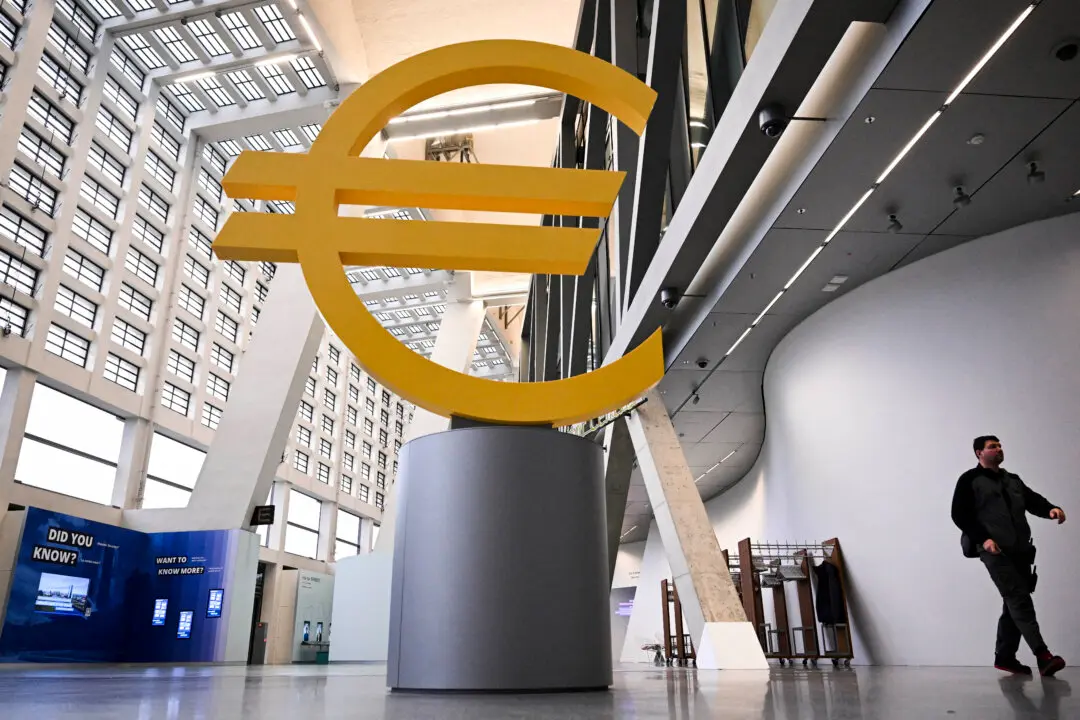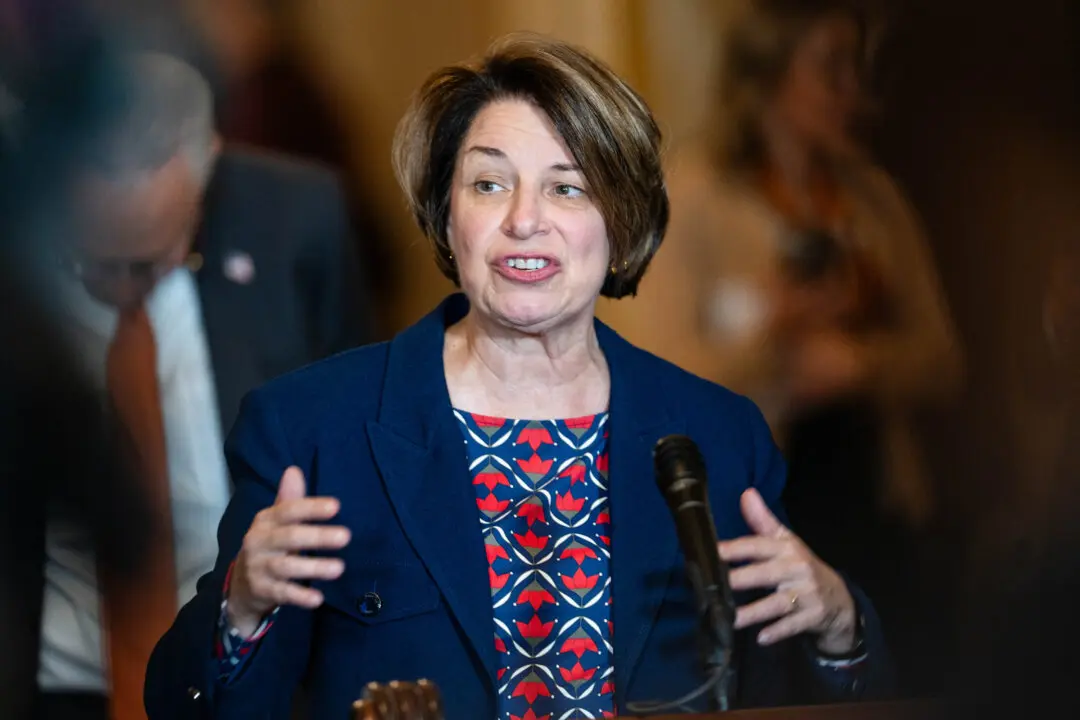Import prices rose sharply in April, and Americans’ long-run inflation expectations jumped to their highest in 12 years, dovetailing with other pricing data released earlier this week, suggesting inflation may be a more entrenched problem than many believe.
U.S. import prices rose 0.4 percent last month, after falling 0.8 percent in March, according to data released Friday by the Department of Labor. The increase is the first since December 2022.





